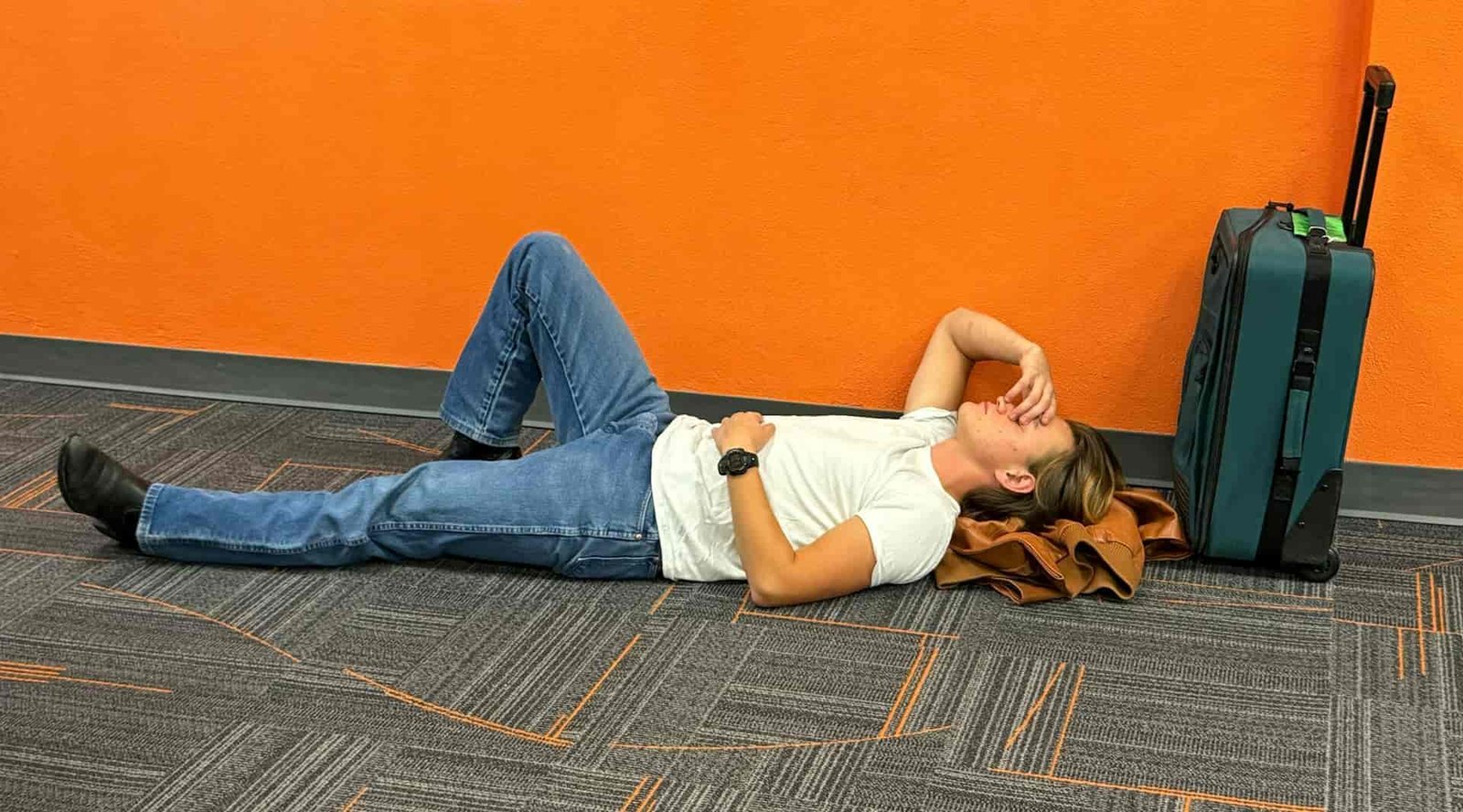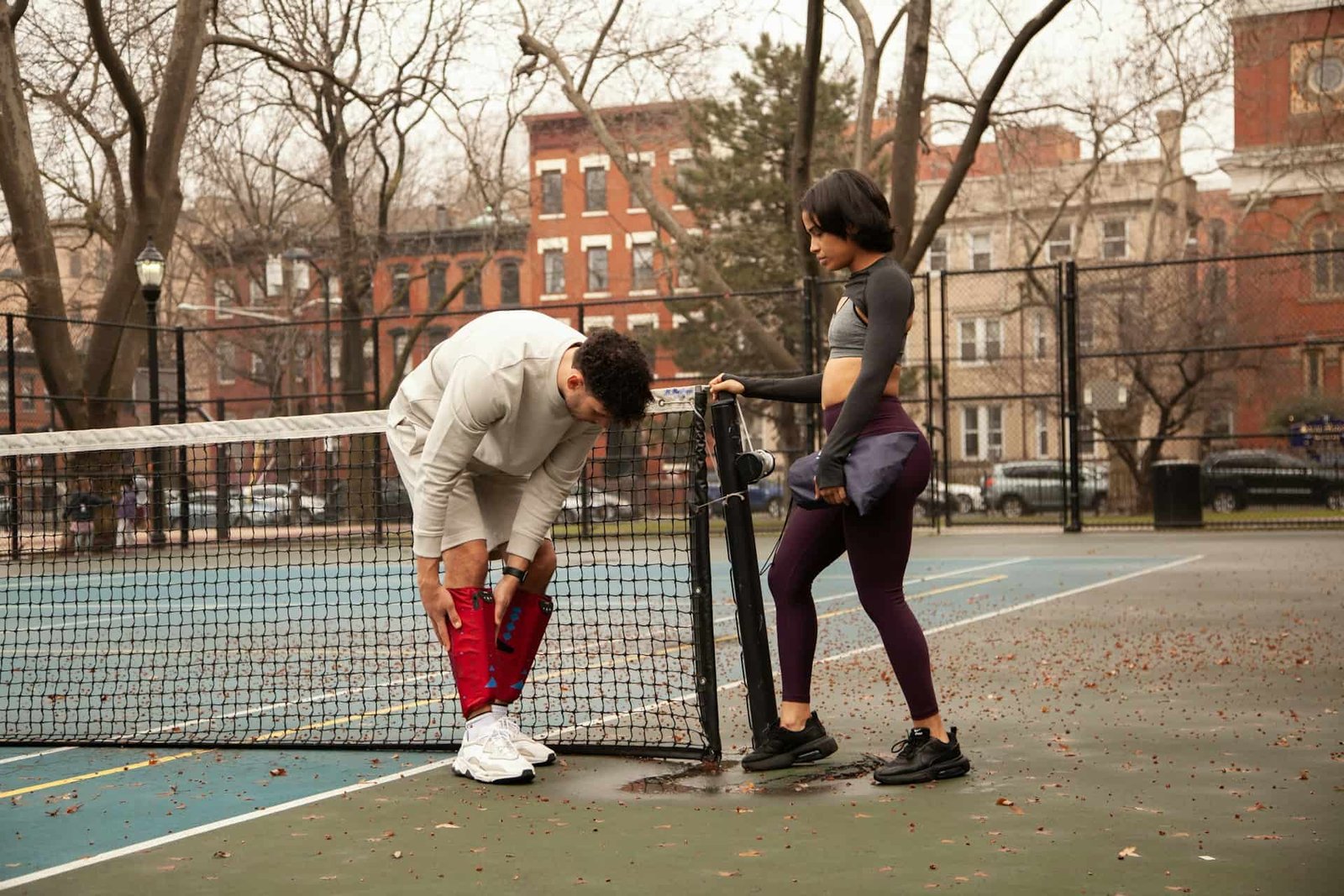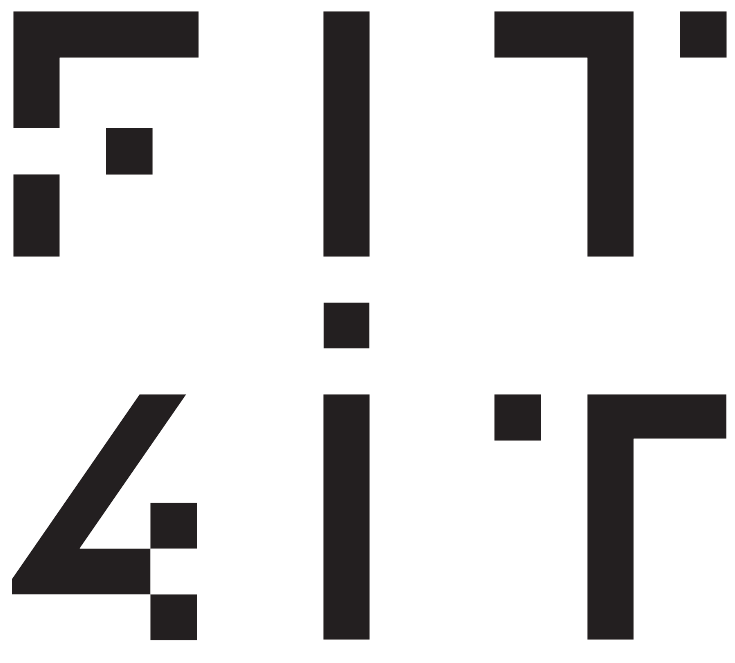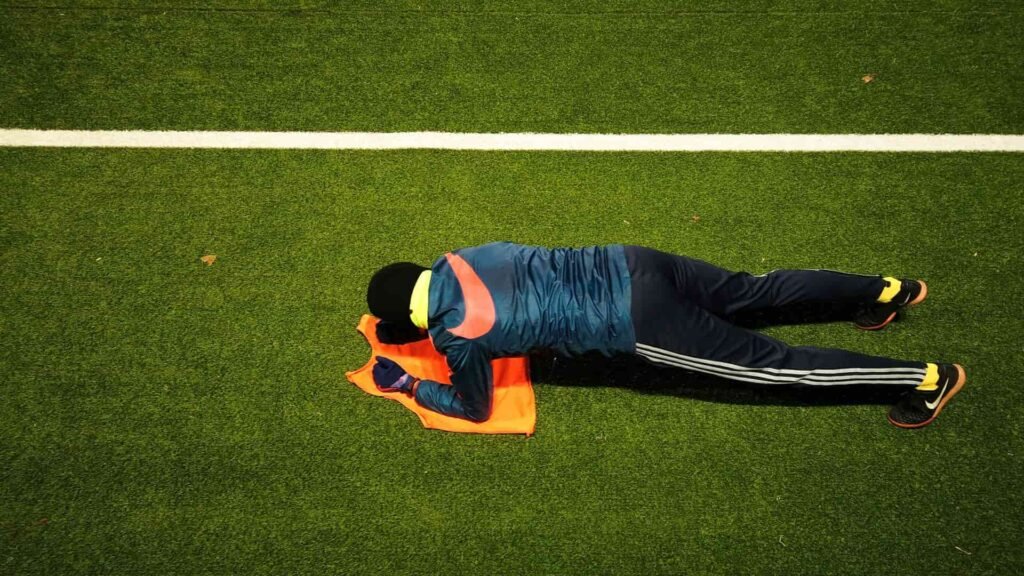There’s something addictive about a good sweat. The endorphins. The sense of accomplishment. The feeling that you’re moving one step closer to your goal.
We know this because we have high-performing clients that are disciplined, driven, and focused on what everyone calls these days, “faster progress.” But here’s what we often have to remind them: the magic doesn’t happen when you’re lifting the weight. It happens after. During the hours, and especially the days when you give your body a break.
That’s right. Rest days aren’t a break from progress. They’re where progress actually happens. In personal training, recovery is just as important as the workouts themselves, because real progress happens when your body has time to rebuild.
Let’s break down the science, the mindset, and the importance of rest days, and why taking your foot off the gas isn’t a weakness, but one of the smartest things you can do.

Rest days are when your body repairs and strengthens itself.
What Actually Happens When You Work Out?
Let’s get one thing straight: when you work out, whether it’s lifting weights, doing HIIT, running, or boxing, you’re actually creating tiny amounts of damage to your muscles.
This is intentional. It’s part of the process. The real goal of training is to stimulate adaptation. But that adaptation doesn’t happen while you’re still doing burpees.
After your session, your body goes to work:
- Repairing muscle tissue.
- Rebuilding energy stores.
- Reducing inflammation.
- Rebalancing hormones.
Why Rest Matters
It’s easy to believe that training every single day means you’re getting ahead. But the truth is, skipping rest doesn’t speed things up; it slows you down. Rest is where your body actually rebuilds, recharges, and rewards you for all the effort you put in.
Here are just a few signs you might be overtraining:
- Constant fatigue and mental overload, even after sleeping well.
- Irritability or mood swings.
- Decreased performance or plateaus.
- Trouble sleeping or increased anxiety.
- Lingering soreness or joint discomfort.
- A growing lack of motivation to train.
When your nervous system doesn’t get a break, your hormones become imbalanced. Cortisol (your stress hormone) stays elevated, and your body becomes more likely to store fat, burn out, and even lose muscle. In short, overtraining doesn’t build you, it breaks you down.
The Science Behind The Magic
Recovery isn’t just a nice-to-have. It’s a biological necessity. When you give your body 24 to 72 hours of rest after a workout, here’s what actually happens:
- Muscle fibers repair and grow, leading to strength and tone gains.
- Glycogen stores are replenished, restoring energy for your next session.
- Tissue inflammation reduces, decreasing the risk of fitness injury.
- Hormones stabilize, supporting metabolism and mood.
- You’re not losing progress when you rest. You’re locking it in.
Active Recovery Vs. Total Rest: What’s The Difference?
Not every rest day needs to be spent horizontal on the couch. In fact, active recovery can be one of the best tools for circulation, mobility, and mental reset.
Here’s how to think about it:
- Passive Rest: Complete downtime, no structured movement. Useful after intense strength or endurance sessions.
- Active Recovery: Light, restorative movement that promotes blood flow without stressing the system.
Examples of active recovery include:
- Low-intensity walking or cycling.
- Mobility work or stretching.
- Yoga or breathwork sessions.
- A light swim or casual hike.
The goal is to move gently, not to chase performance. Let your body repair while keeping the engine running.
How Often Should You Take A Rest Day?
This depends on your training intensity, experience, age, and stress levels. But general guidelines are:
- Beginners: 2–3 rest days/week.
- Intermediate – Advanced: 1–2 rest days/week, plus deload weeks every 6–8 weeks.
- Chronic stress-lifestyle, or poor sleep? You may need more frequent rest to offset recovery deficits.
Remember, rest is not a sign of weakness. It’s a strategic part of a strong, sustainable training plan.
Why FIT4IT Clients Prioritize Recovery
We work with high-achieving professionals who are used to operating at 100%. Many come to us with a “go hard or go home” mindset, and we get it.
But here’s what we’ve seen again and again:
Once they begin to respect recovery, their results accelerate. They sleep better. Their training becomes more focused. Their energy returns. Their bodies start responding again.
That’s how you make fitness a long-term part of your life, not just a seasonal sprint. Even a life coach would agree that lasting progress comes from balance, pushing hard when needed, and resting when it matters most.

Taking time off allows your muscles to recover, hormones to rebalance, and energy stores.
How To Build Smarter Rest Into Your Training Week
Here’s what we recommend to our FIT4IT community:
- Schedule rest the same way you schedule workouts. Make it non-negotiable. Your body thrives on rhythm.
- Listen to early signs of overtraining. Don’t wait until burnout hits. If you’re unusually sore, foggy, or fatigued, pause.
- Use recovery tools with intention. Massage guns, mobility routines, ice baths, or breathwork can all support faster recovery. But they don’t replace actual rest.
- Eat and sleep like it matters. (because it does) Under-eating and sleeping less than 7 hours? Your recovery is already compromised, no matter how many rest days you take.
You don’t build strength during the workout. You build it after. You don’t lose fat by pushing harder every day. You lose it by allowing your body to reset, regulate, and perform better. The smartest athletes, coaches, and programs all know this: rest is where the body adapts, improves, and unlocks its potential. You don’t need to earn your rest. You need to protect it.
Was this helpful?
Good job! Please give your positive feedback
How could we improve this post? Please Help us.






No Comments